Pedal assist bikes require rider pedaling for motor to engage, while electric bikes run solely on throttle power. In the world of biking, the terms “pedal assist” and “electric bike” are frequently used interchangeably, but they actually have distinct differences.
Understanding these variances can help you choose the right bike for your needs. Pedal assist bikes, also known as e-bikes, provide a boost to your pedaling efforts with the help of a motor, making it easier to cycle longer distances or tackle hills.
On the other hand, electric bikes can be ridden without any pedaling, as they run purely on electric motor power, providing a convenient and effortless mode of transportation for various purposes. Let’s explore the disparities between pedal assist and electric bikes in more detail.
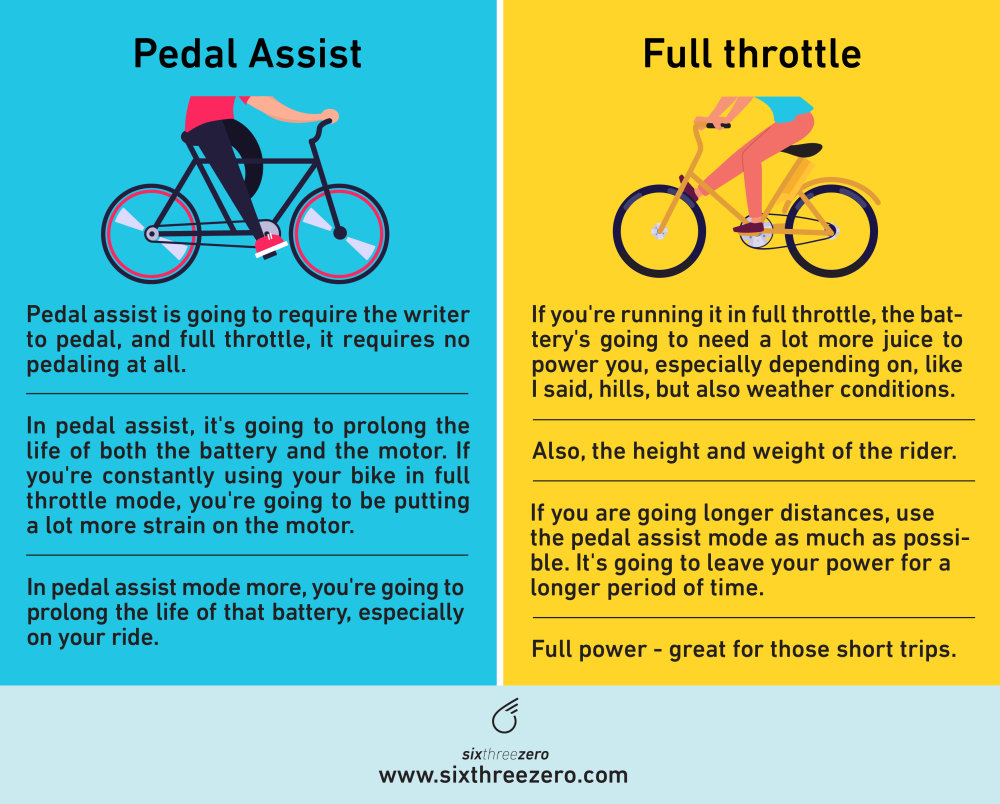
Credit: www.sixthreezero.com
Here are 10 key differences between pedal-assist and throttle-controlled electric bikes:
| Differences | Pedal-Assist Bike | Throttle-Controlled Electric Bike: |
|---|---|---|
| Assistance Type: | Motor activates only when the rider is pedaling. | Motor can be engaged without pedaling by using a throttle. |
| Control Mechanism: | Requires continuous pedaling for motor assistance. | Controlled via a hand throttle, similar to a motorcycle. |
| Riding Experience: | Feels more like traditional cycling with added power. | Offers a more moped-like experience with the option to ride without pedaling. |
| Effort Required: | Requires physical effort to activate the motor. | Can be ridden with minimal or no physical effort. |
| Battery Consumption: | Generally more efficient, extending battery life due to combined human and motor power. | Tends to consume more battery power when relying heavily on the throttle. |
| Speed Control: | Speed is more consistent and gradual based on pedaling intensity. | Allows for quick acceleration and control over speed using the throttle. |
| Fitness Benefits: | Promotes exercise by encouraging pedaling. | Provides less exercise as pedaling is optional. |
| Complexity and Maintenance: | Slightly more complex due to the integration of sensors and motor controls. | Simpler operation but may have different maintenance needs due to throttle mechanisms. |
| Safety Considerations: | Generally considered safer due to the rider’s active engagement in pedaling. | Requires careful throttle control to avoid sudden acceleration. |
| Target Users: | Ideal for those who want a boost while still enjoying traditional cycling. | Suitable for users seeking ease of use and the option to ride without pedaling, such as for longer commutes or physical limitations. |
What Is A Pedal Assist Bike?
A pedal assist bike, also known as an e-bike, is a type of bicycle that incorporates an electric motor to assist the rider’s pedaling efforts. These bikes have become increasingly popular due to their ability to make cycling more accessible and enjoyable for a wider range of individuals.
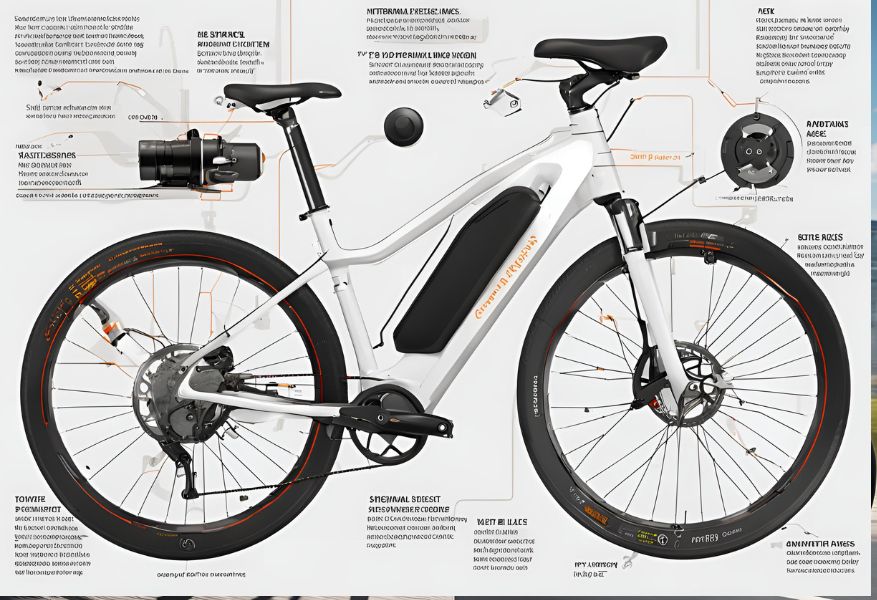
How Pedal Assist Works
When the rider starts pedaling, the sensor on the bike detects the motion and activates the electric motor. The level of assistance provided by the motor can typically be adjusted through different settings on the bike’s control panel. This technology allows riders to conquer hills and cover longer distances with less effort, making cycling more accessible to a wider range of individuals.
What Is An Electric Bike?
Electric bikes, or e-bikes, are revolutionizing the way we commute, exercise, and explore the world around us. These innovative machines offer a seamless combination of pedal power and electric assistance, providing an environmentally-friendly and efficient mode of transportation. Let’s delve into the specifics of what exactly an electric bike is and how it differs from traditional pedal-assist bicycles.
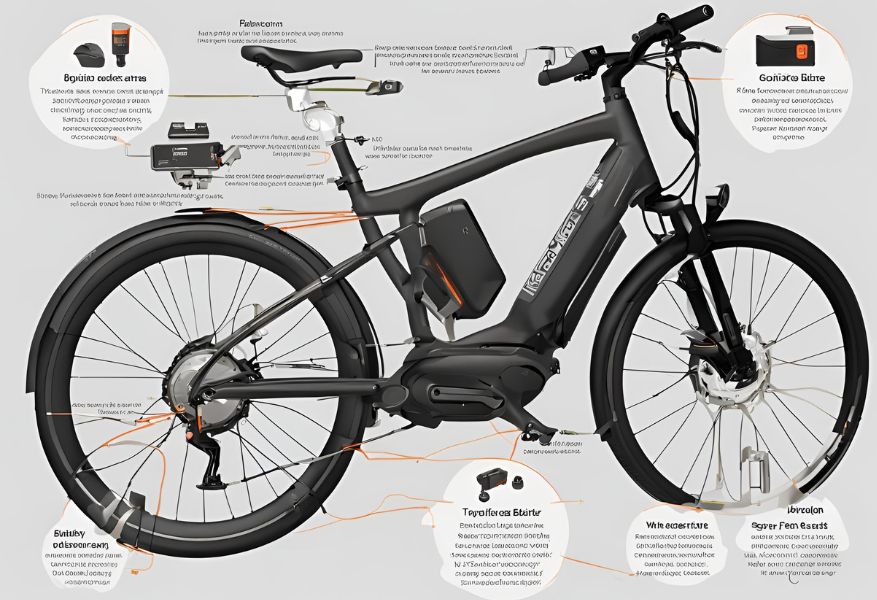
How Electric Bike Works
Electric bikes operate using a rechargeable battery that powers the electric motor. The motor can be activated through pedaling, a throttle, or a combination of both, allowing riders to control the level of electric assistance they receive. When pedaling, the electric motor seamlessly kicks in to amplify the rider’s efforts, providing a boost in speed and making uphill climbs more manageable.
Pedal Assist Vs Electric Bike
Are you in the market for a new bike but feeling overwhelmed by the options available? Two popular choices are pedal assist bikes and electric bikes. While they may seem similar, there are several key differences between them. In this article, we will explore the distinctions under the subheading: Pedal Assist vs Electric Bike.
Power Source
One of the main differences between pedal assist bikes and electric bikes is the source of power they rely on. Pedal assist bikes are equipped with an electric motor that offers assistance as you pedal, amplifying your pedaling power. On the other hand, electric bikes are powered solely by the electric motor, allowing you to ride without pedaling at all. This means that while both types of bikes use electricity to operate, the amount of reliance on pedaling differs significantly.
Support Level
When it comes to support level, pedal assist bikes and electric bikes also diverge. Pedal assist bikes provide varying levels of assistance based on the intensity of your pedaling. The motor kicks in to supplement your efforts, making it easier to climb hills or ride for longer distances without getting tired. In contrast, electric bikes offer a constant level of support regardless of your pedaling speed or effort. This means that electric bikes require less physical exertion as the motor does the bulk of the work.
Speed And Range
If speed and range are important factors for you, then you’ll want to pay attention to the differences between pedal assist bikes and electric bikes. Pedal assist bikes are designed to enhance your cycling experience, rather than completely replace it. They typically have a lower maximum speed and range compared to electric bikes. On the other hand, electric bikes can reach higher speeds and cover longer distances, thanks to the motor’s assistance. If you have a need for speed or plan on going on longer rides, an electric bike may be the better choice for you.

Legal Classification
It’s important to consider the legal classification of pedal assist bikes and electric bikes. Pedal assist bikes are typically classified as bicycles, meaning they can be ridden on bike lanes and paths just like traditional bicycles. Electric bikes, meanwhile, fall into different classifications depending on their top speed and power output. Some electric bikes may require registration or insurance, and there may be restrictions on where they can be ridden. It is crucial to familiarize yourself with local laws and regulations before purchasing an electric bike.
In conclusion, while pedal assist bikes and electric bikes share similarities in terms of their use of electricity, they differ in their power source, support level, speed and range, as well as legal classification. Understanding these differences can help you make an informed decision when choosing the right bike for your needs.
Benefits Of Pedal Assist Bike
Riding a pedal assist bike comes with several advantages that make it a popular choice for many cyclists. Let’s explore some of the key benefits:
Exercise And Fitness
Pedal assist bikes provide an excellent way to get exercise while enjoying the ride.
Longer Rides
With a pedal assist bike, cyclists can cover more distance without feeling fatigued, enabling more extended rides.
Uphill Assistance
The uphill assistance feature of pedal assist bikes makes climbing hills much easier and less strenuous.

Benefits Of Electric Bike
Explore the advantages of electric bikes with the distinct features of pedal assist and fully electric options. Embrace the ease of travel, eco-friendly emissions, and effortless navigation with electric bikes tailored to suit your needs.
Electric bikes, also known as e-bikes, have gained popularity in recent years due to their numerous benefits. These futuristic modes of transportation are equipped with a motor that provides a boost to your pedaling, making your ride more efficient and enjoyable. In this section, we will explore the advantages of using an electric bike over traditional pedal-assist bicycles.
Less Effort Required
One of the key benefits of an electric bike is that it requires less effort to ride. With a pedal-assist system, the motor kicks in automatically as you start pedaling, providing an extra push to help you conquer those uphill climbs or overcome strong headwinds. This means less strain on your muscles, allowing you to travel longer distances without feeling exhausted.
Additionally, the motor on an electric bike can be adjusted to different levels of assistance, giving riders the flexibility to choose how much effort they want to exert. Whether you want a light assist or a more powerful boost, you have the freedom to customize your riding experience to suit your fitness level and energy levels.
Commute Efficiency
Electric bikes are a convenient and efficient mode of transportation, especially for daily commuting. They allow you to navigate through traffic effortlessly, saving you valuable time and reducing the stress associated with rush hour congestion. With an e-bike, you can easily bypass traffic jams, reach your destination faster, and arrive in a more relaxed state.
Moreover, electric bikes provide a reliable transportation option for those living in hilly areas or tackling longer distances. The motor assistance enables riders to maintain a consistent speed, ensuring a smoother and more enjoyable commute. Whether you’re commuting to work, running errands, or simply exploring your city, an electric bike can make your journey efficient and hassle-free.
Eco-friendly
In today’s world, finding sustainable and eco-friendly transportation solutions is crucial. Electric bikes offer a greener alternative to traditional vehicles, contributing to a cleaner environment. By opting for an e-bike, you can reduce your carbon footprint, minimize air pollution, and help preserve the planet for future generations.
Unlike motorcycles or cars, electric bikes produce zero emissions during operation. They rely on rechargeable batteries, which can be charged using renewable energy sources, further reducing their environmental impact. By choosing an electric bike as your preferred mode of transportation, you are actively participating in the global effort to combat climate change and promote a greener future.
In summary, electric bikes provide numerous benefits over pedal-assist bicycles. They require less effort, making your rides more enjoyable and accessible to a wider range of individuals. Additionally, their efficiency in commuting and eco-friendliness make them a sustainable transportation option. Whether you’re aiming to overcome physical limitations, save time on your daily commute, or contribute to environmental conservation, an electric bike can be the perfect solution.

Factors To Consider When Choosing Between Pedal Assist And Electric Bike
When choosing between pedal assist and electric bikes, several factors need to be considered to ensure that the chosen option aligns with your specific needs and preferences. Understanding these factors can help you make an informed decision that suits your lifestyle and goals.
Fitness Goals
Before deciding between a pedal assist and an electric bike, it’s crucial to consider your fitness goals. If you’re looking to incorporate more physical activity into your routine, a pedal assist bike could be the better option. On the other hand, if you seek a more leisurely ride, an electric bike may better suit your needs.
Commute Distance
Another important factor to consider is the distance of your daily commute. For shorter distances, a pedal assist bike may provide the right amount of exercise while offering assistance when needed. However, if your commute involves longer distances, an electric bike with motor assistance can help reduce fatigue and make your journey more manageable.
Terrain
The terrain on which you will be riding also plays a significant role in choosing between pedal assist and electric bikes. If you commonly encounter hilly or challenging terrain, an electric bike can provide the necessary assistance to tackle such obstacles with ease. Conversely, if your routes are mostly flat, a pedal assist bike may offer sufficient support without the need for additional motor assistance.
Budget
When making a decision between pedal assist and electric bikes, it’s essential to consider your budget. Pedal assist bikes are generally more affordable and may require less maintenance compared to electric bikes. However, electric bikes provide the convenience of motor assistance, which may justify the higher initial investment for some individuals.
Maintenance And Upkeep
Discover the contrast between Pedal Assist and Electric Bikes for efficient maintenance and upkeep. Understanding the difference allows for better care and longevity. Efficiently manage both types to prolong their performance and enjoy hassle-free riding.
Maintenance and upkeep are crucial factors to consider when choosing between pedal assist and electric bikes. Both types of bikes require specific care and attention to keep them running smoothly. Understanding the differences in maintenance needs can help you make an informed decision on which type of bike is best for your lifestyle.
Battery Maintenance
For electric bikes, battery maintenance is a primary concern. To ensure the longevity and performance of the battery, it’s essential to adhere to specific care guidelines. Here are some key points to consider:
- Charge the battery after every use to keep it at optimal levels.
- Store the battery in a cool, dry place when not in use to prevent degradation.
- Regularly inspect the battery for any signs of damage or wear, and replace if necessary.
Motor Maintenance
Proper motor maintenance is crucial for both pedal assist and electric bikes. Regular care and upkeep can extend the lifespan of the motor and ensure a smooth riding experience. Here are some essential maintenance tips:
- Keep the motor clean and free from debris to prevent overheating and damage.
- Check the motor’s connections and wiring periodically to ensure everything is secure and functioning properly.
- Follow the manufacturer’s recommended maintenance schedule for motor inspections and servicing.
By understanding and practicing proper maintenance techniques for both pedal assist and electric bikes, you can ensure that your investment continues to provide reliable and enjoyable performance for years to come.

Conclusion
To sum up, understanding the difference between pedal assist and electric bikes is crucial when considering a purchase. While both offer an electric-powered mode of transportation, their functionalities differ significantly. Pedal assist bikes provide assistance to the rider’s pedaling efforts, making them ideal for those looking for a boost during their regular cycling routine.
On the other hand, electric bikes operate solely on the electric motor, requiring minimal pedaling. By weighing the pros and cons of each type, you can make an informed decision that suits your needs and preferences. Happy riding!

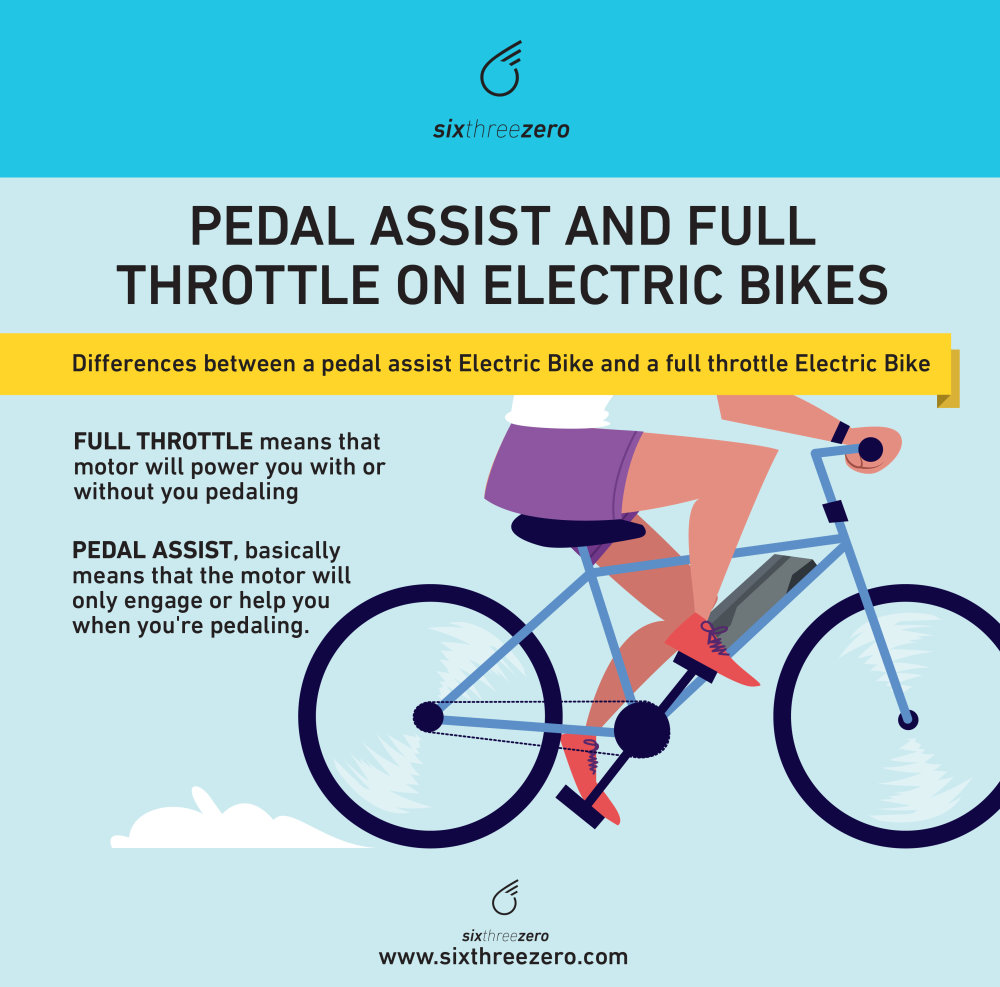
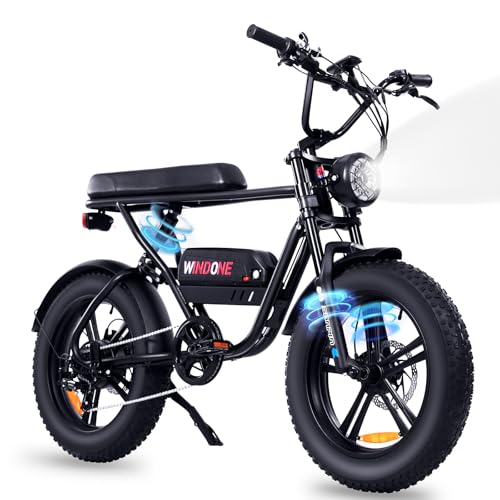
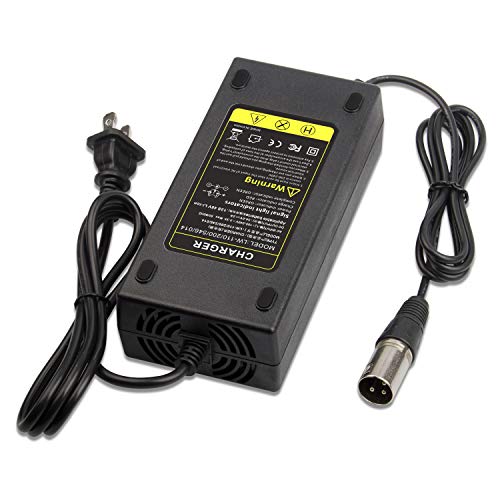
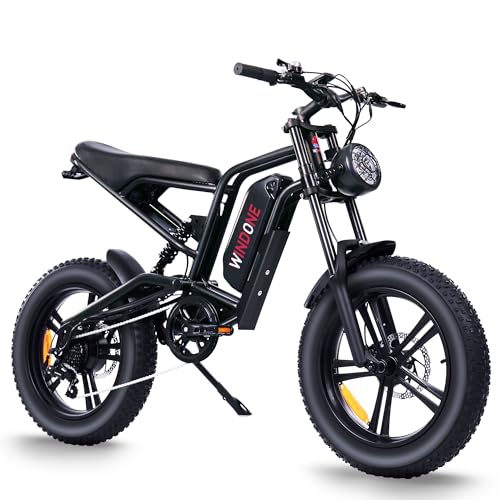
Leave a Reply